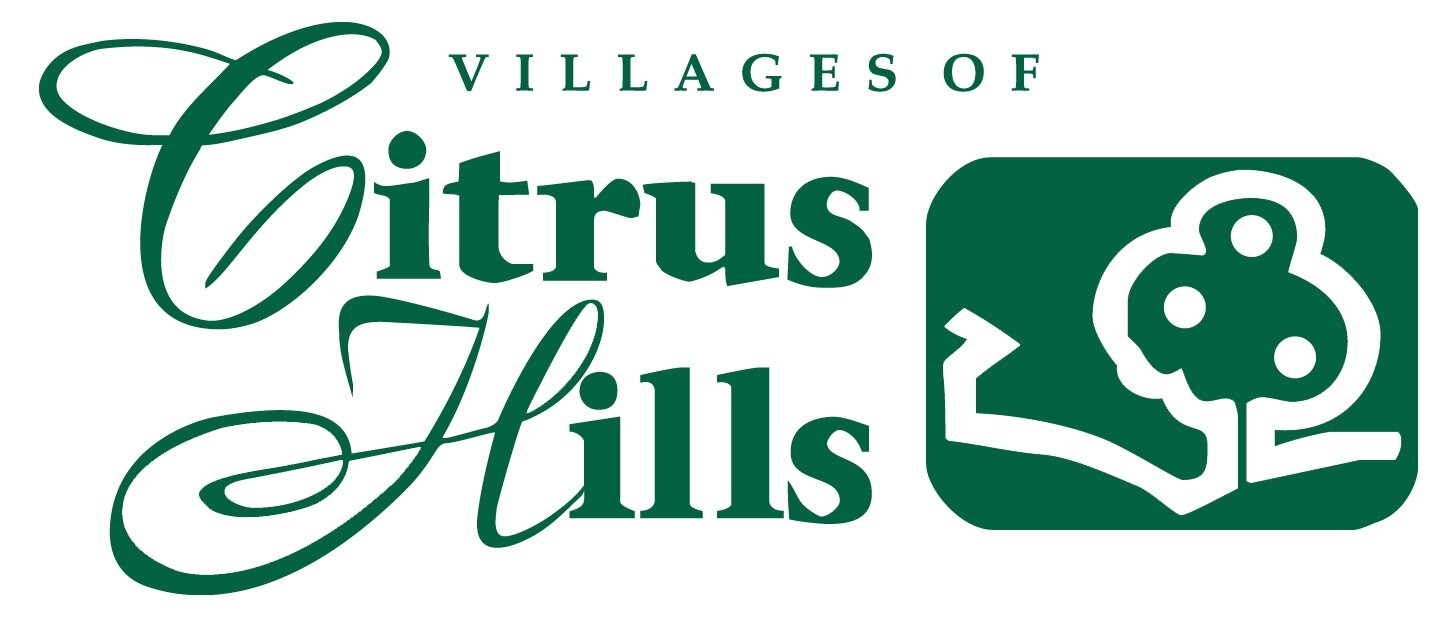The Ocala National Forest has more than 600 lakes, rivers, and springs, including three first-magnitude springs where visitors can swim, snorkel and dive in their crystalline waters year-round.
One of the most powerful selling points for many who move to the Villages of Citrus Hills is that Citrus County and the entire Nature Coast are virtually surrounded by an incredible number of state and county parks and forests.
There are nearly endless options for the nature lover to explore in and around our community, and one of the biggest and most dramatic of those options is Ocala National Forest.
Located about an hour and a half northeast of the Villages of Citrus Hills, Ocala National Forest is the second largest national forest in the United States.
It was the first national forest east of the Mississippi River, and because of our great Florida climate it is also one of the most utilized national forests in the entire country.
As you might expect, there are many options here for all types of nature lovers. There are great cabins and campsites for those looking for overnight camping trips. There are more than a dozen different lakes for those who are interested in boating and fishing, and there are hundreds of miles of hiking trails that run throughout the forest.
Because Ocala National Forest occupies more than 600 square miles in Central Florida, the problem that many visitors run into isn’t finding enough to do; the problem is narrowing down their options so they aren’t completely overwhelmed.
With that in mind, here are some of the most popular areas of the forest that you might want to plan your visit around:
Alexander Spring!
Alexander Springs is one of only 33 first-magnitude springs in the state of Florida. The spring creates a large pool of water that holds consistent at 72 degrees all year, making this a great place for summer swimming. There is a concession stand near the spring that rents kayaks and canoes, and there is also a 22-mile mountain bike trail that runs from here to the Clearwater Lake Recreation Area.
Doe Lake Recreation Area
The Doe Lake Recreation Area is a group camping site that is focused around a beautifully restored dining hall and lodge building. Because it can accommodate groups of up to 250 people, this is an excellent site for many outdoor gatherings and parties. There is also a 34-mile equestrian trail nearby and excellent lake fishing for canoes and low-powered boats.
Fort Gates Ferry
While not officially a part of Ocala National Forest, the Fort Gates Ferry is an experience that you simply wouldn’t want to miss. The ferry operation consists of a boat built in 1910 pushing a barge that was constructed in the 1930s. It can accommodate two vehicles at a time making their way across the St. Johns River.
Juniper Springs
The Civilian Conservation Corps built many of the amenities at Juniper Springs in the 1930s. Those amenities include a swimming and picnic area, a campground, and the 0.8-mile Juniper Run Nature Trail. The trail is perfect to experience the beautiful forest environment without committing to a full-scale hiking adventure.
Yearling Trail
The Yearling Trail is a 5.5-mile double-loop trail that will take visitors through the “Big Scrub” to a place called Pat’s Island. Alongside the trail, you will find a number of different historical landmarks including abandoned homesteads and an old cemetery. The island itself was used in an MGM movie back in the 1930s.
As you can see, each of these sites is a destination all by itself, and we are just scratching the surface of all that Ocala National Forest has to offer.
The further you dive into exploring this enormous area, the more great destinations you will find. Use these areas as a launching point for your own adventure into the forest!


